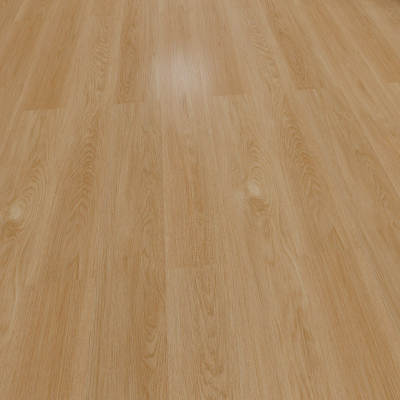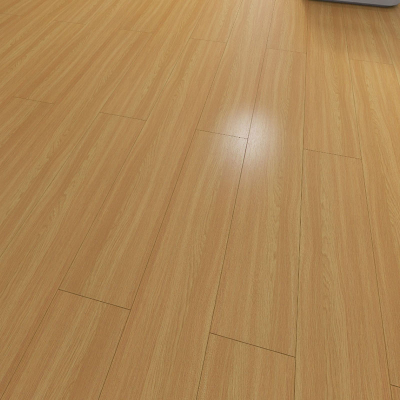best waterproof flooring for bathrooms
Best Waterproof Flooring for Bathrooms: A Comprehensive Technical Guide
Introduction
Selecting the best waterproof flooring for bathrooms is a crucial decision in both residential and commercial projects. Bathrooms are high-moisture environments that demand flooring materials capable of withstanding water exposure, humidity, and frequent temperature changes. This article provides a detailed, engineering-informed overview of waterproof bathroom flooring options, addressing material properties, industry standards, installation considerations, and regulatory requirements.
Why Waterproof Flooring Matters in Bathrooms
Bathrooms pose a unique set of challenges:
Constant exposure to moisture and humidity
Risk of spills, splashes, and plumbing leaks
Frequent foot traffic and cleaning
Slip resistance requirements (especially in wet areas)
Improper flooring can lead to mold growth, delamination, warping, or structural damage over time.
Top Waterproof Flooring Options for Bathrooms
1. Stone Plastic Composite (SPC) Flooring
Material Composition: Limestone core + PVC + UV wear layer.
Water Resistance: 100% waterproof; no expansion or contraction with moisture.
Advantages: Rigid, dimensionally stable, easy click-lock installation, compatible with underfloor heating.
Engineering Insight: SPC’s high-density core (2000–2200 kg/m³) resists indentation and moisture migration.
Slip Resistance Rating: Often meets R10–R11 rating under DIN 51130.
2. Luxury Vinyl Tile (LVT) and Vinyl Sheet
Material: Polyvinyl chloride (PVC) with multiple fused layers.
Water Resistance: Fully waterproof; seams sealed with heat or chemical welding.
Applications: Suitable for bathrooms, showers, and laundry rooms.
Regulatory Compliance: Meets ASTM F1700 (Standard Specification for Solid Vinyl Floor Tile).
3. Porcelain or Ceramic Tile
Material: Fired clay; glazed surface.
Water Absorption: Porcelain < 0.5% (ISO 10545-3).
Engineering Properties: High compressive strength (~35–100 MPa), nonporous with proper grouting.
Considerations: Requires waterproof underlayment (e.g., cement board with waterproof membrane).
4. Waterproof Laminate Flooring
Material: Fiberboard core treated with resins and a water-repellent surface.
Water Resistance: Water-tolerant, not 100% waterproof unless sealed.
Limitations: Risk of swelling at seams if water seeps into joints.
5. Concrete with Epoxy or Polyurethane Coating
Water Resistance: Seamless and impermeable when properly applied.
Use Case: Ideal for minimalist or industrial-style bathrooms.
Durability: Excellent for commercial or heavy-use applications.
Key Engineering and Installation Considerations
Subfloor Preparation: Must be dry (<75% RH or ≤3% CM), level, and clean.
Vapor Barrier: Required over concrete slabs or in multi-level buildings (especially below grade).
Expansion Gaps: SPC and laminate require perimeter expansion gaps (~5–10 mm).
Slip Resistance: Must comply with ADA (American Disability Act) and OSHA for public bathrooms.
Thermal Expansion: Materials like LVT and SPC must withstand temperature variations (–10°C to 50°C without deformation).
Standards and Certifications
| Standard | Description |
|---|---|
| ASTM F3261 | Resilient flooring with rigid polymer core |
| ISO 10545 | Ceramic tile standards (water absorption, strength) |
| EN 13501-1 | Fire classification of construction products |
| ANSI A137.1 | Slip resistance and performance for tiles |
| EPA TSCA Title VI | Formaldehyde emissions compliance |
Examples and Use Cases
Residential Renovation: A home in Florida used SPC click-lock planks in the master bath. After two years, no signs of warping or mold due to high humidity and regular wet cleaning.
Commercial Hotel Application: A 12-story hotel chain replaced ceramic tile with vinyl sheeting in bathrooms for easier maintenance and faster installation. Slip-resistant and water-tight seams reduced guest complaints.
Frequently Asked Questions (FAQ)
Q1: Can waterproof laminate be used in bathrooms?
Yes, but ensure that it is labeled as “waterproof” (not “water-resistant”) and all seams are sealed properly.
Q2: Is tile better than vinyl for waterproofing?
Tile offers better long-term waterproofing when installed with proper grout and underlayment. However, vinyl offers easier maintenance and faster installation.
Q3: How do I ensure slip resistance in bathroom flooring?
Choose flooring rated R10 or above (DIN 51130), or with a DCOF ≥ 0.42 (according to ANSI A137.1).
Q4: Is SPC flooring suitable for bathroom use with radiant heating?
Yes. SPC is compatible with radiant heating up to ~27°C (manufacturer-dependent). Always check heat limits.
Q5: Do I need a waterproof membrane under vinyl or SPC flooring?
Over concrete slabs or in high-moisture zones, yes—a vapor barrier (≥6 mil polyethylene) is strongly recommended.
Conclusion and Expert Recommendation
The best waterproof flooring for bathrooms depends on the specific application, performance requirements, aesthetic preferences, and compliance needs. SPC vinyl flooring is emerging as a top contender for its rigid core, 100% waterproof design, and easy installation. For high-end finishes and long-term durability, porcelain tile remains a gold standard. In commercial or high-moisture environments, vinyl sheet or concrete coatings with waterproof membranes provide superior protection.
Professional Call-to-Action
If you’re planning a new bathroom installation or remodeling project, consult with our technical team to evaluate moisture levels, traffic expectations, and applicable building codes. We provide tailored flooring solutions that meet industry standards and ensure long-term performance in wet environments.





